Among the most esoteric hobbies known to mankind, train spotting ranks high. It often entails spending days in freezing cold, waiting for fleeting images of railway locomotives and ticking off their numbers in a little book. The aficionados of the cult are variously known affectionately as puffer nutters or anoraks. Surprisingly, they are known as “Pufferküsser” (puffer kissers) in Germany, and “foamers” in the USA — a term which nicely encapsulates the essential tad of eccentricity.
What’s in a name?
And I hear the Aussies, with their usual candour, consider them to be “tragics” (no translation needed). It seems every country has them, but Britain probably has the highest concentration in the world. And, as I’ve pointed out to our editor, Mike Evans, even well-heeled Leica aficionados could be considered “anoraks” when they flock together.
The term “anorak” to describe someone obsessed with a particular pastime or interest comes from the British clothing term anorak, which is analogous to “parka” or similar waterproof jacket. It is the all-weather protection of choice for most train spotters. And it’s no wonder: They are a hardy lot and require the best protection.
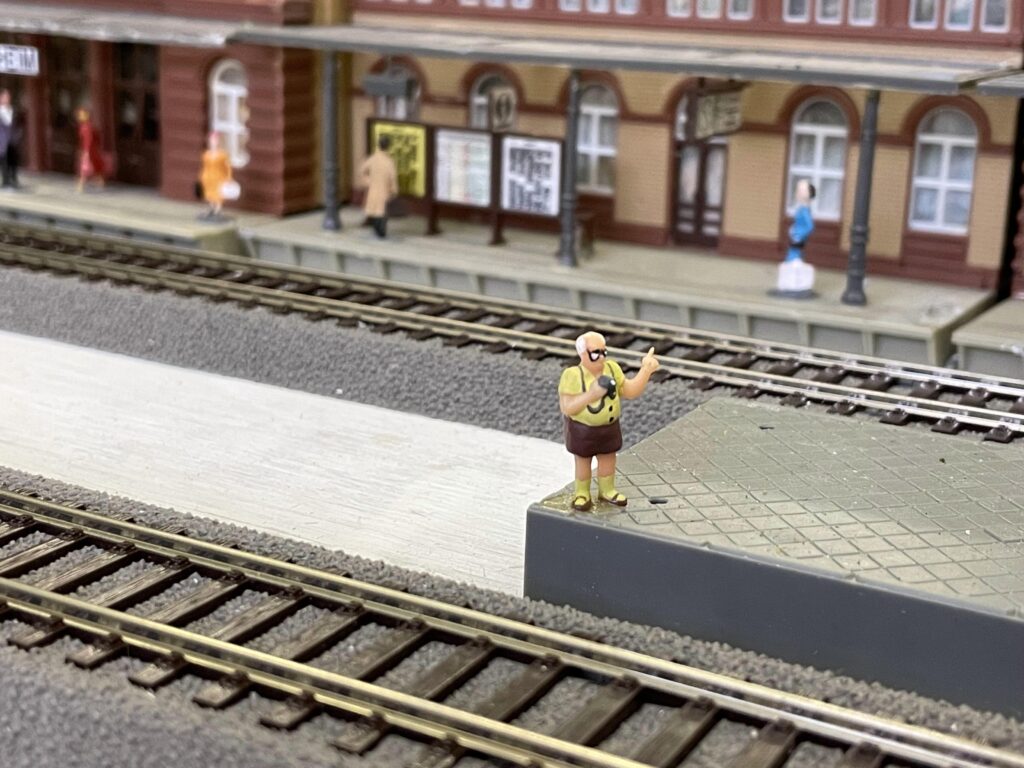
Strange to say, trainspotting didn’t die with the end of the wonderful steam locomotives that ruled the track for over 130 years. The same anoraks are still there, standing on their railway station platforms, busy scribbling down the service numbers of more modern and relative featureless diesel and electric locos. Personally, I’ve never been able to generate so much enthusiasm, and I long ago decided to stick with the steam engines I knew and love.
Very fortunately, here in Britain, we have a seemingly inexhaustible network of heritage railways, and heritage steam trains still run special excursions on the railway network.
An invitation
Let me invite you for a whistle-stop photographic tour of the somewhat quirky world of Great Britain’s railway heritage. Railway museums to heritage railways, steam locomotives to sleepy stations, Victorian viaducts and bridges: you get the idea.
At every turn, you will encounter a puffer nutter, or even a shunt of nutters. But a nicer and more welcoming bunch of eccentrics you couldn’t wish to bump into on a wet weekend in Wakefield.
The remarkable aspect of trainspotting is that it knows no age boundaries. Puffer nutters come in any flavour, shape and form, and steam on from under ten to over 100. Indeed, during their lifelong enthusiasm, they progress from tiny little anoraks to man-sized tent anoraks.
They understand the chequered heritage of Britain’s railways. After all, steam and steam trains were invented here, and Britain once had probably the most dense network of rail lines ever seen anywhere in the world. Then came decimation as the world turned from steam to less emotive forms of propulsion.
But Britain still possesses a remarkable heritage, a heritage that would not exist were it not for one man and a scrapyard in south Wales.
Debt to the enthusiast
The iconic photograph below of the Jacobite steam train crossing Scotland’s Glenfinnan viaduct nicely highlights the debt we owe to railway enthusiasts who have kept the coal fires burning through the decades.
Despite the vandalism of the past sixty years, Britain’s steam railway heritage is alive and puffing, for the eternal delight of puffer nutters large and small, old and young. And the heritage scene is a compelling attraction for visitors from all over the world.
In Scotland, courtesy of Macfilos author, Erwin Hartenberg, is a superb example of Britain’s railway heritage just waiting for other photographers to enjoy.
It started as a boy
My lifelong interest in photography started at the age of ten, when I borrowed my mother’s Box Brownie camera. At that time we were living in Grove Road, Totley, near Sheffield. At the end of Grove Road was a railway line, part of the London Midland Scottish (LMS) region. Naturally, for a small boy, many photographs on my first roll of film were of steam trains.
I bought my first photo album from a Boots Department Store in Sheffield. On the first page, by way of staking my claim, I stuck an enlarged photograph of a class 9F freight engine puffing its way with coal-laden wagons towards Totley tunnel, less than a mile away from my home. Heady stuff for a pre-teen.
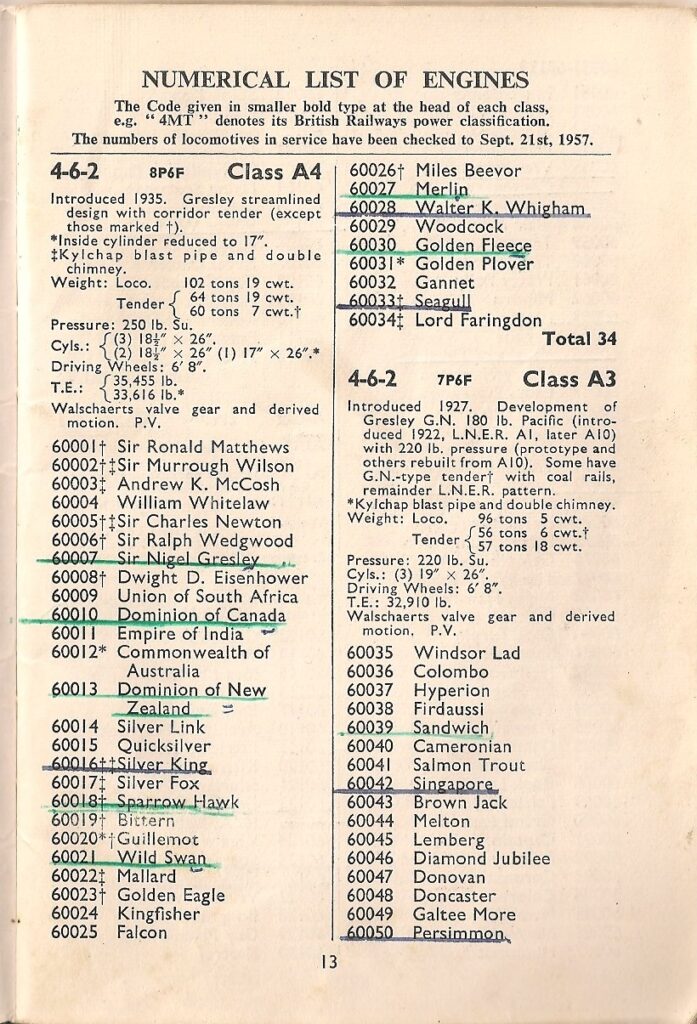
Admissions
How many readers would admit to being train spotters? Perhaps it was only a British hobby for boys of my generation. The general idea was to see as many locomotives as one could possibly manage, ticking them off in transporting catalogues provided by a wonderful publisher by the name of Ian Allan.
Every boy of my generation had a collection of books containing endless lists of locomotive numbers, all waiting to be spied and catalogued. A boy (for it was mostly boys in those days) could spend endless hours on a local station platform (admission one penny) in the hope that an as-yet-unseen steam engine would pass by at speed or, even better, stop for closer inspection. Such were the pleasures of those days, well before the internet and social media took over our lives.
Many a happy time was spent locally around the Sheffield area or when, as a special treat, we were taken to Doncaster and York stations to see the exciting streamlined engines. These stations were in the London and North Eastern Region (LNER) on the main line from London Kings Cross station to Edinburgh. They were perfect locations to see the prime puffers of the national fleet. With our friends, we would compare our underlinings in our treasured Ian Allan train spotter books.
End of an era
Now well into my eighth decade, I still delight in photographing our railway heritage in its various forms. Yet when I took photographs in the 1950s of these steam freight engines, I had no inkling that I was witnessing the end of an era.
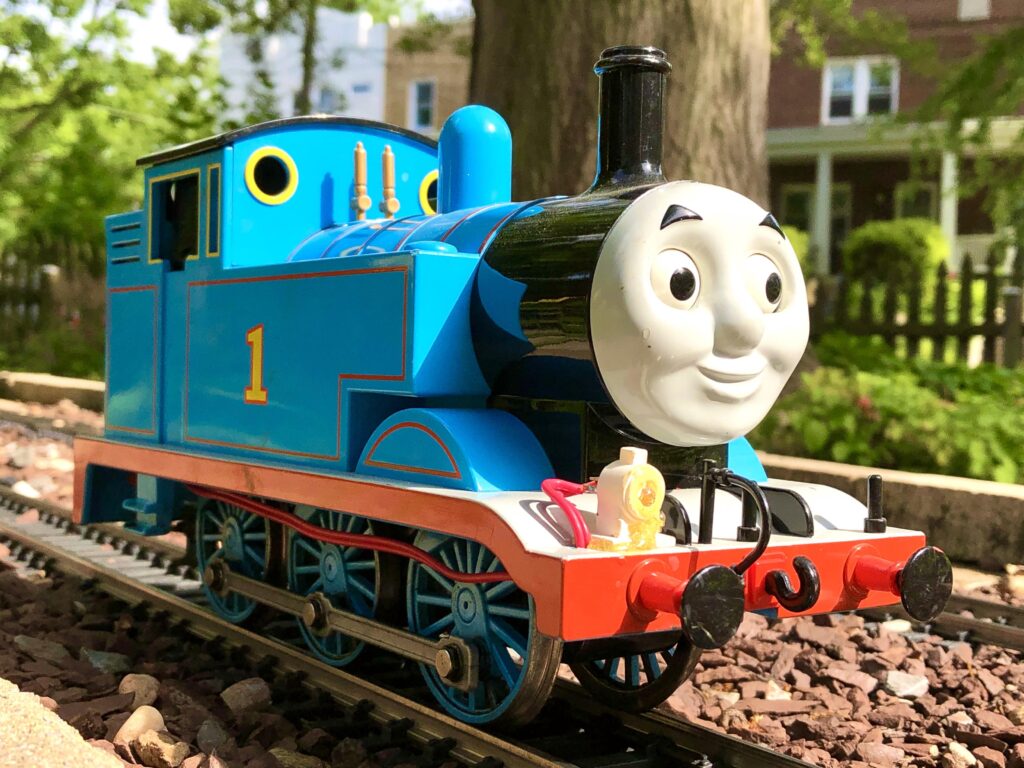
Closing lines and scrapping steam engines
In 1949, the British Transport Commission decided to close the least used-branch lines and, by 1963, some 3,000 miles (ca. 4,828 km) of track had been written off.
By the mid-fifties, thoughts were turning to the future. The “Modernisation Plan for the Railways” was published in 1954. The concept was to replace steam with electric and diesel traction, which involved scrapping 16,000 steam engines. Along with the engines, 600,000 freight wagons were on the scrap list.
At the same time as Britain was waving goodbye to steam engines, a certain Dr Richard Beeching (later Baron Beeching) was employed to have a look at the still parlous state of the railway’s finances. His 1963 report, entitled,“The Reshaping of British Railways”, recommended the closure of 6,000 more miles of track. Mercifully, however, the vandalism was limited to removing just 4,000 miles (ca. 6,437 km). Although Dr Beeching was not a medical doctor, he certainly wielded a scalpel to the national network, and his name is seared into the memory of a generation of train enthusiasts.
Steam ban
The last scheduled steam train ran from Carlisle to Liverpool on 11 August 1968 — now 56 years ago. Steam was then banned on the national network from that date until 1971, when “steam specials” were allowed. They continue to be permitted to this day, although there are new perils at work, largely concerned with environmental issues (smoke pollution and risk of fire in the summer) and safety concerns.
The fact is, ancient rolling stock, with its manually operated doors and wide-opening windows, can never meet modern health and safety standards.
With the closure of train lines and the move away from steam traction, a railway preservation movement stirred in the country. For the preservationists, old closed tracks were available, but what about steam engines? Weren’t they all due to be scrapped? This is when we first heard of Dai Woodham from Barry in South Wales. This unlikely hero is regarded with reverence by the heritage railway fraternity. By any standards, Dai the Train is very antithesis of Beeching the Drain.
The preservationists’ hero
Dai Woodham was a scrap metal merchant and bought large numbers of wagons and steam engines from British Rail so they could be cut up and sold for scrap. Since it was much easier to cut up freight wagons rather than steam engines, he left rows upon rows of engines all over the railway lines of Barry Docks to be cut up at a later date.
But before he had a chance to scrap many of the engines, word got out among the rail enthusiast community. Preservationists descended in droves on his scrapyard as eager buyers.
Over a 30-year period, Dai Woodham saved 213 locomotives for the railway preservation movement. Without his efforts and goodwill, the historic engines could have ended up as paper clips. These locomotives form around half of the fleet of working heritage steam engines today.
Dai used the word “nostalgia” to encapsulate the desire to preserve these old engines.
If you have time, you may like to delve into the first part of this YouTube video which shows old film footage of this quirky band of enthusiasts and their beloved engines.
The transformation of the scrap engines shown in the video and my photographs of these lovingly restored engines depict a truly remarkable interlude in transport history.
Endless opportunities for photographers
The whole point of this article on Macfilos, a photography site, is to raise awareness of the photogenic opportunities provided by Britain’s prolific heritage railway scene. Few Britons are more than an hour or two away from a remarkable old railway, still operating ancient stream engines and vintage rolling stock. And they are all supported and staffed by volunteers.
The photographic opportunities are endless. Besides the obvious heritage railways themselves, there are transport museums to visit and lovely Victorian railway architecture and structures to appreciate. Where possible I try to capture unusual shots away from the traditional “mere hardware” as the famous American railroad photographer, O Winston Link, once said.
I have recently bought two of his books and watched three hours’ worth of online content about him. However, lessons from his approach to railroad photography could be for another time.
This 30-minute video produced for the O Winston Link Museum in Roanoke, Virginia, is well worth watching. Winston, with a colleague, once spent four days setting up flash equipment for just one night shot of a steam train passing near a waterfall.
Steam specials
Not only are there nearly 200 standard, narrow, and miniature gauge steam railways still in operation, there is a flourishing interest in steam specials, where vintage steam engines and their carriages are permitted to travel on the mainline.
Yet, it goes much further. The tour operators also organise longer railway-orientated vacations with the chance to experience some of the most famous and dramatic lines in the world.
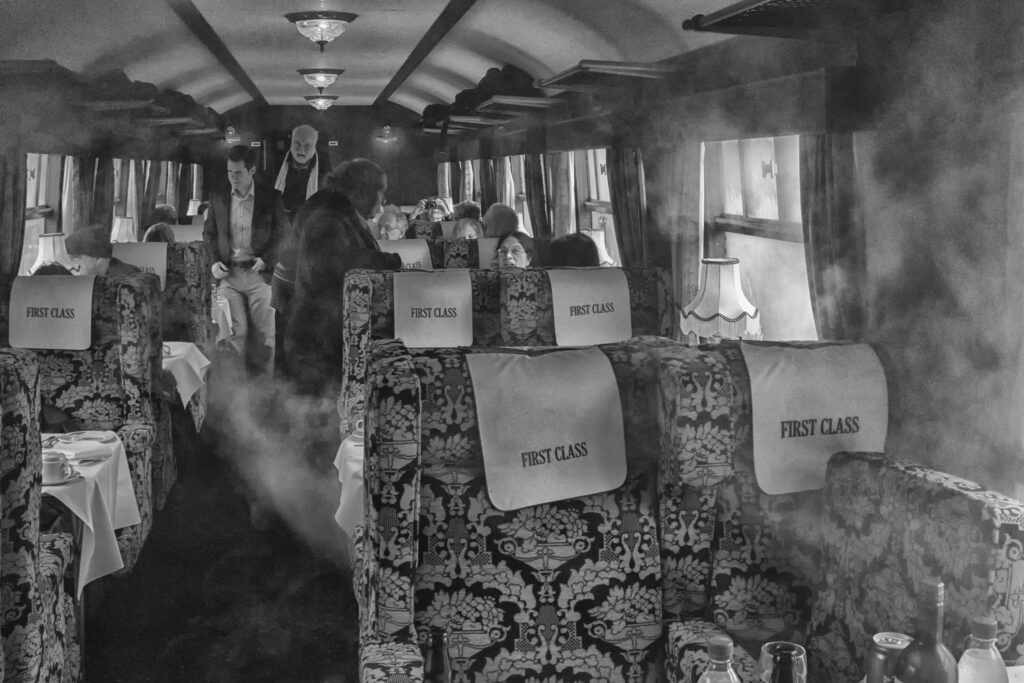
Steam specials running on the mainline are for many the only place to create stunning photographs. However, unless you happen to be beside the track serendipitously, shots of the trains steaming by require much planning. Roughly six organisations run steam specials on the national network, and there are currently only about 25 steam engines certified for use on it. Examples of steam tour operators are: West Coast Railways, UK Railtours and Saphos Trains.
Steam train excursions
Take a look at any of these websites, and you will find a bewildering catalogue of day trips, multi-day vacations and, even, adventures on railways throughout the world. If you plan to visit the UK in the next twelve months, adding one of these excursions to your itinerary is something so different from the run-of-the-mill tourist fare. And, your camera will be kept happy and clicking away.
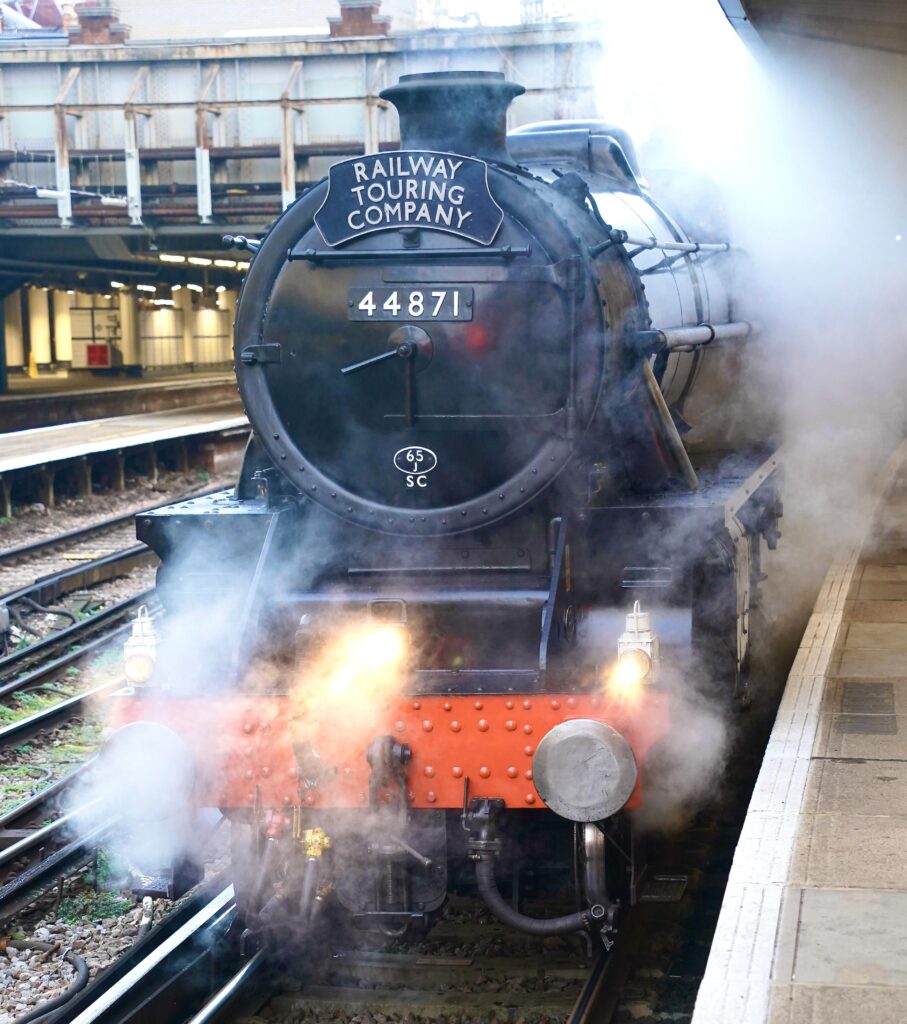
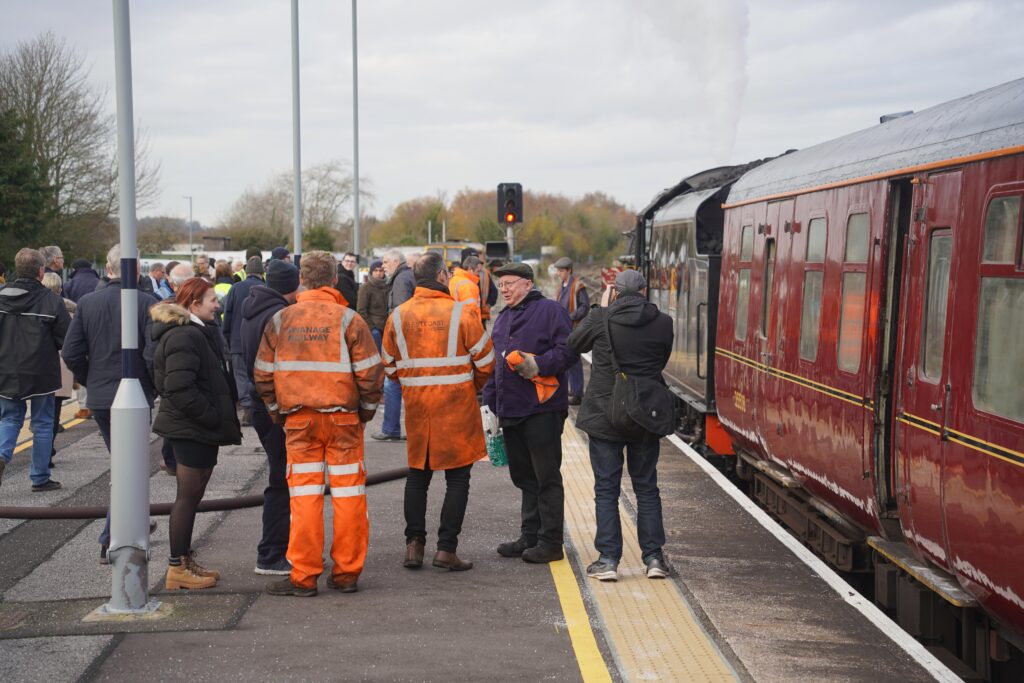
On these excursions, travellers can enjoy first-class fine dining and have the opportunity to snap away to their hearts’ content. These outings are not quite up to Orient Express standards, but they give a taste of railway luxury that has all but disappeared.
Besides waiting anxiously for a steam special to pass by, perhaps a more enjoyable way to photograph steam specials is to actually travel on them and savour the ambience and the diverse photographic opportunities.
Heritage volunteers
In Great Britain, the Heritage Railway Association represents 173 working railways, nine operational tramways, and 24 museums and steam centres. In all, they cover 560 miles (ca. 901 km) of track and 460 stations.
Perhaps the most surprising statistic from the HRA, besides the 4,000 employees, is that there are 22,000 volunteers. And what a lot they are. As a specific photographic theme, volunteers make excellent subjects. They are usually smartly dressed, often festooned with numerous badges, but always smile enthusiastically and are invariably willing to pose for your camera. No need to worry about GDPR here, especially if you are of a nervous disposition when it comes to photographing live people.
To see a map of all the HRA attractions, just click on “Map” here.
Railway museums
I have visited more than a few of the 24 museums and steam centres listed by the HRA. The National Railway Museum in York (now undergoing refurbishment) is a definitely a must-see for rail enthusiasts, but the Steam museum in Swindon is also worth a visit — and it is right next to an outlet mall where you can dump the uninterested members of the family.
In Scotland, the modern Riverside Museum of Transport in Glasgow is also a wonderful playground for any photographer. It has a collection of old cars, motorcycles, and model ships to add an eclectic supplement to the steam leviathans.
Recommended heritage lines to visit
Giving recommendations is tricky. But an enjoyable article our editor wrote about the Ravenglass and Eskdale Railway should put this enterprise high up on the list of recommendations. Read the full article here.
Personally, having sampled many heritage lines all over Great Britain, there are five that I would thoroughly recommend, especially if you are visiting Britain and have limited time:
- Severn Valley Railway
- North Norfolk Railway
- North Yorkshire Moors Railway
- Dartmouth Railway in Devon
- Great Central Railway (Leicestershire)
Many of these outstandingly scenic heritage railways have been used in television and film dramas. Yet it’s never quite right. For instance, most heritage railways run on a single track, which results in odd scenes when producers of dramas attempt to create a main-line train of the 1950s or earlier. True puffer nutters can see through all this before the title has faded out.
The rescued Settle to Carlisle line
In the 1980s, again for financial reasons, the nationalised British Rail decided to close the famous and scenic 72-mile-long Settle to Carlisle (SC) railway line in Cumbria.
A vigorous campaign against this heresy was taken up by Michael Portillo, who was then Minister of Transport. He persuaded the Prime Minister, Margaret Thatcher, to keep the line open. This intervention is perhaps his greatest political legacy, and he has remained a true railway enthusiast, even hosting several television documentaries which did much to rekindle interest in the romance of railway travel.
Today, three organisations promote the Settle to Carlisle line’s heritage: the SC Friends, the SC Railway Trust and the SC Development Company. The line’s rescue has been a success story, so if you can visit, you will not be disappointed with the photographic opportunities.
If you are unable to visit, you may like to click on this webcam link to get a live view of the bleak moorland area surrounding the Ribblehead Viaduct. Just click on the arrow to see what is happening as you read this article.
Visit the charming station of Appleby in Westmorland and you will spy the plaque shown in the photograph below. It commemorates the sad tale of the death of famous railway photographer Lord Bishop Eric Treacy, then aged 71. The mitered puffer nutter and member of the House of Lords suffered a heart attack while waiting for a Railtour service, hauled by British Rail steam engine, 92220. Appropriately, the locomotive was named Evening Star. Greater love hath no bishop…
A trip down the line
This has been a rather eclectic trip around Britain’s thriving rail heritage. Thanks to the volunteer efforts of many thousands of “puffer nutters” these railways and museums can exist and, even, turn a little profit to help with improvements and development. It’s a very British occupation and, if you have the time, you cannot fail to be captivated. Who needs Disney World, after all?
The “puffer nutter” scale
On a scale of zero to ten, nought being not interested in steam railways to a score of ten being a dedicated enthusiast (a “Puffer Nutter”) where would I put myself? Perhaps I would give myself a score of seven (my wife thinks it should be higher). I do have a soft spot for Great Britain’s railway heritage, and I enjoy photographing it whenever possible. What about you? Leave a comment, especially if you figure on the scale at any level.
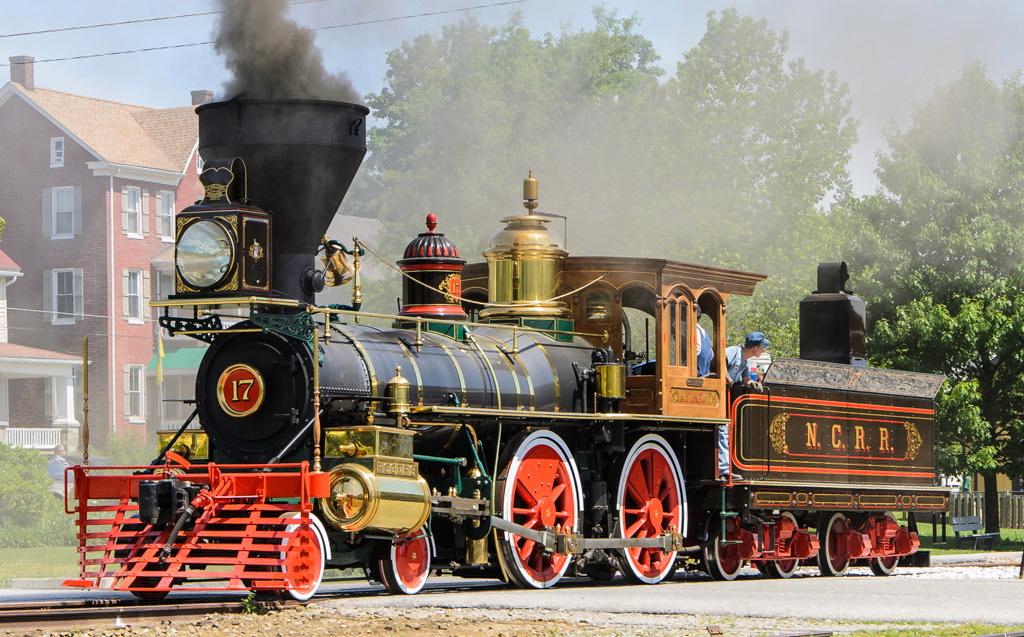
Read more from Chris Rodgers
Visit Ralf Meier’s American Trainphilos blog
Join the Macfilos subscriber mailing list
Our thrice-a-week email service has been polished up and improved. Why not subscribe, using the button below to add yourself to the mailing list? You will never miss a Macfilos post again. Emails are sent on Mondays, Wednesdays, and Fridays at 8 pm GMT. Macfilos is a non-commercial site and your address will be used only for communications from the editorial team. We will never sell or allow third parties to use the list. Furthermore, you can unsubscribe at any time simply by clicking a button on any email.


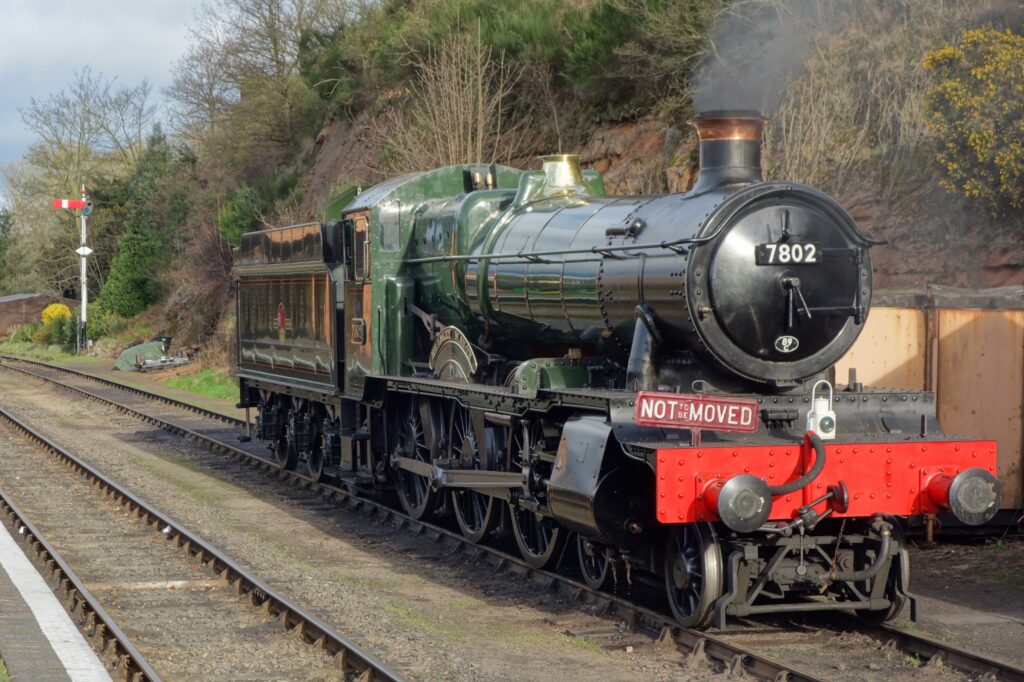
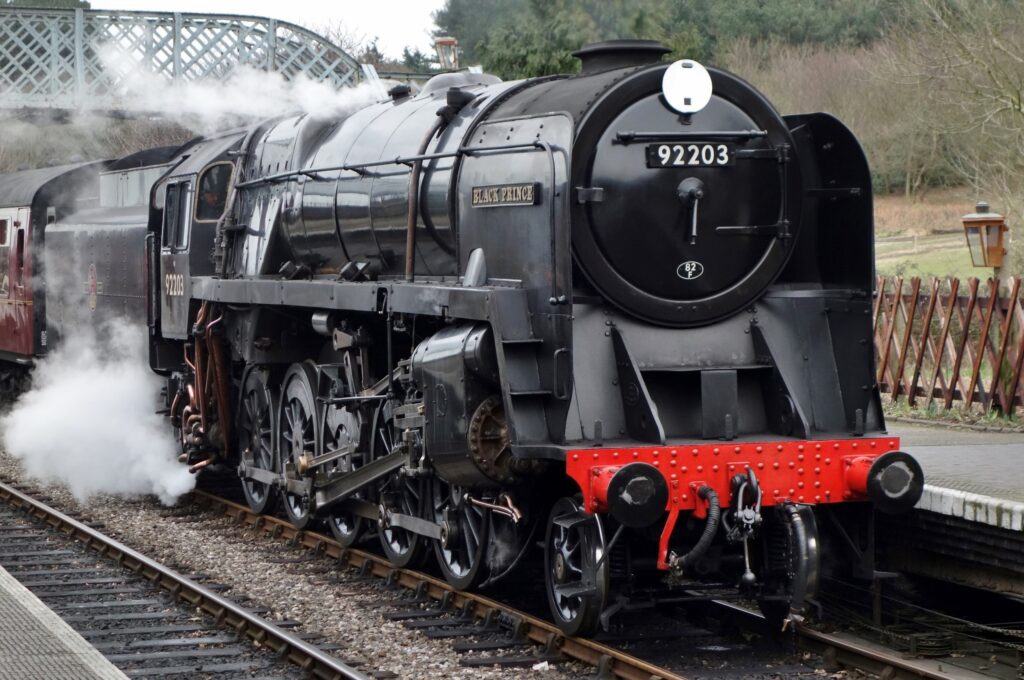
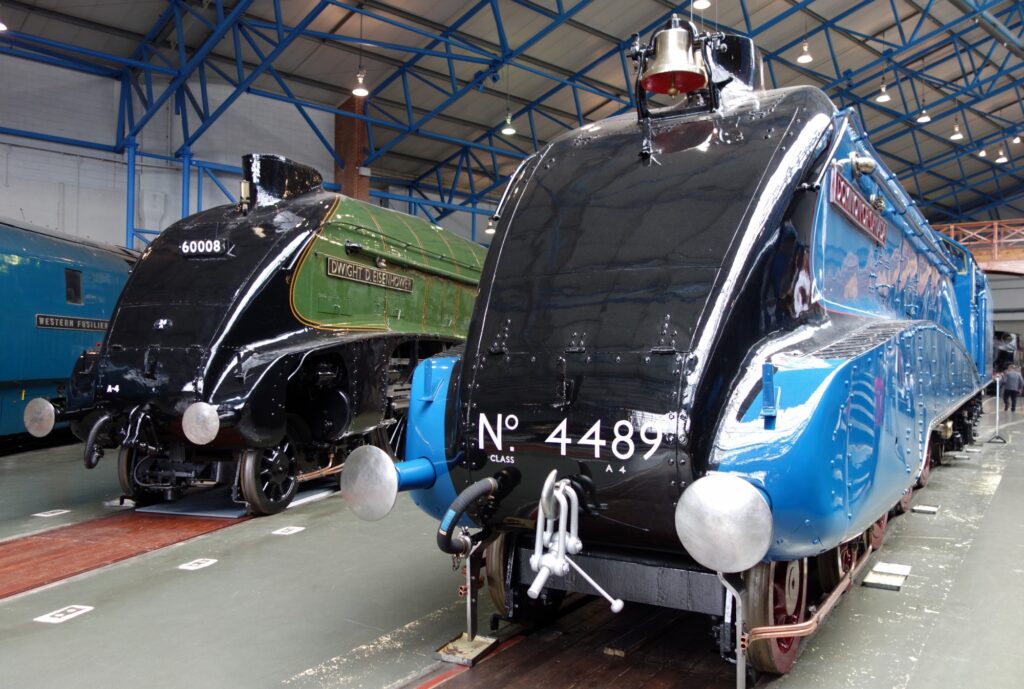
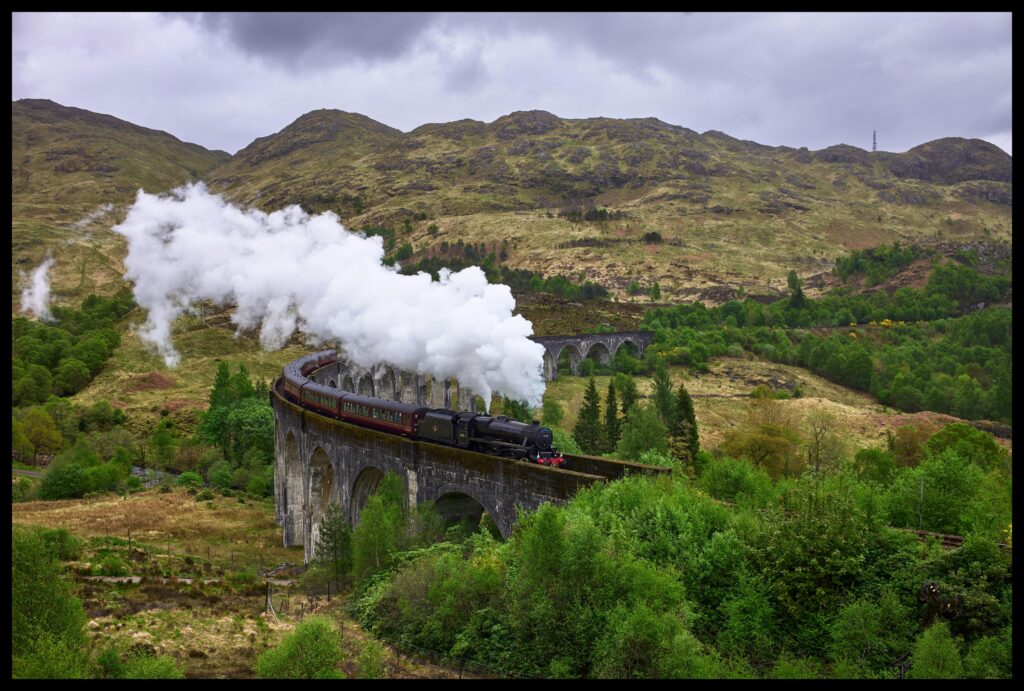
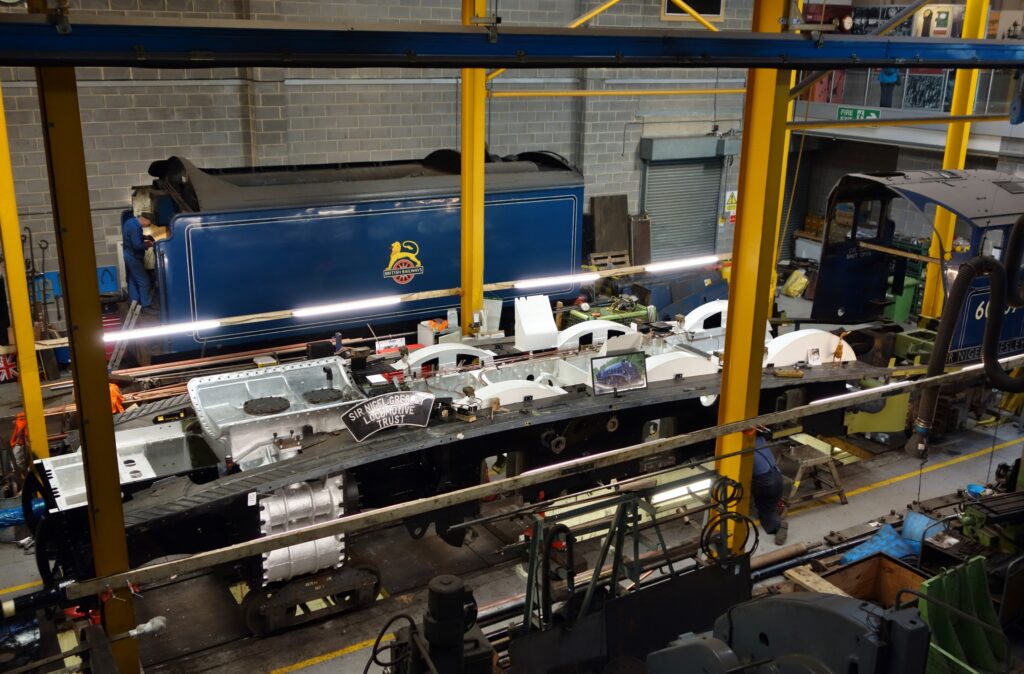
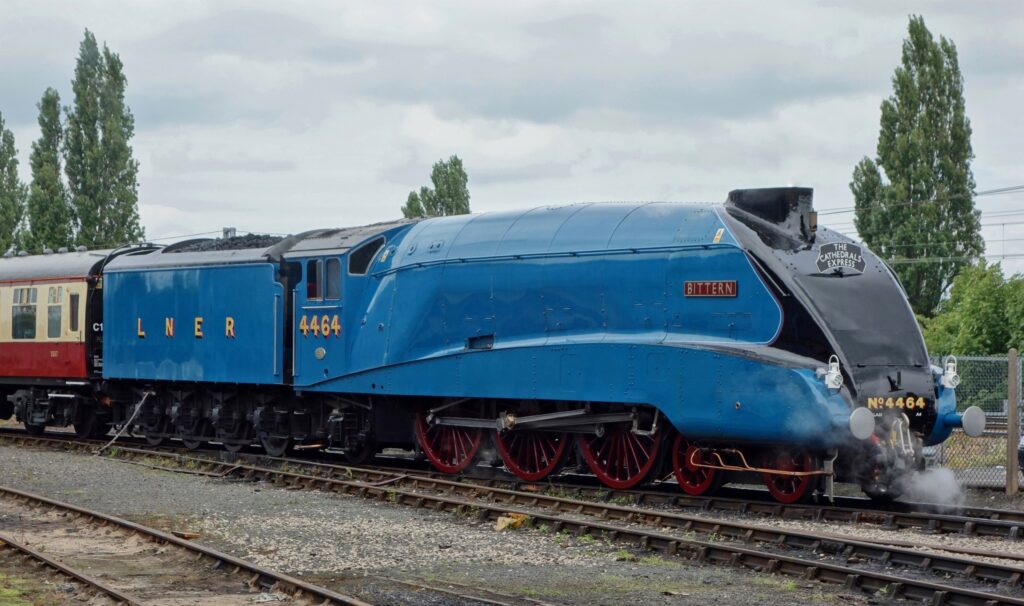
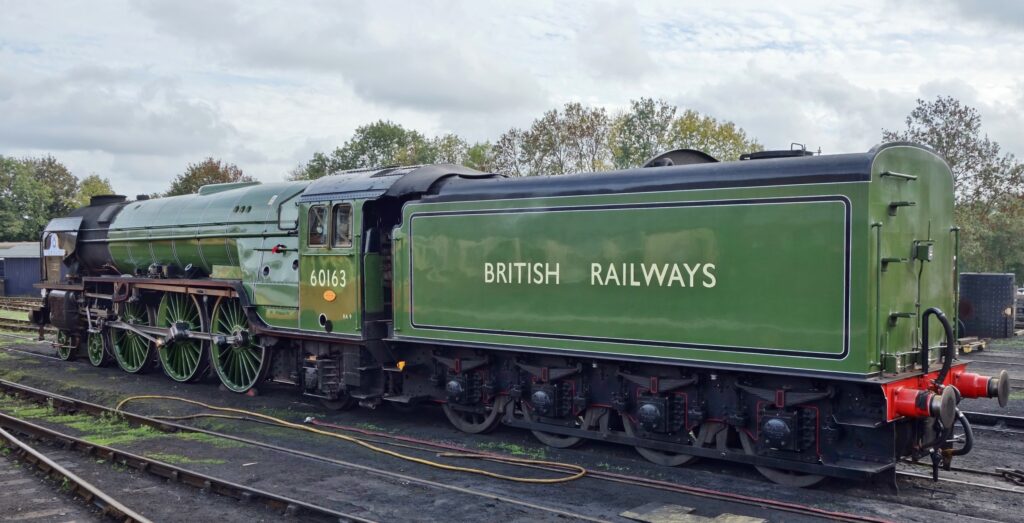
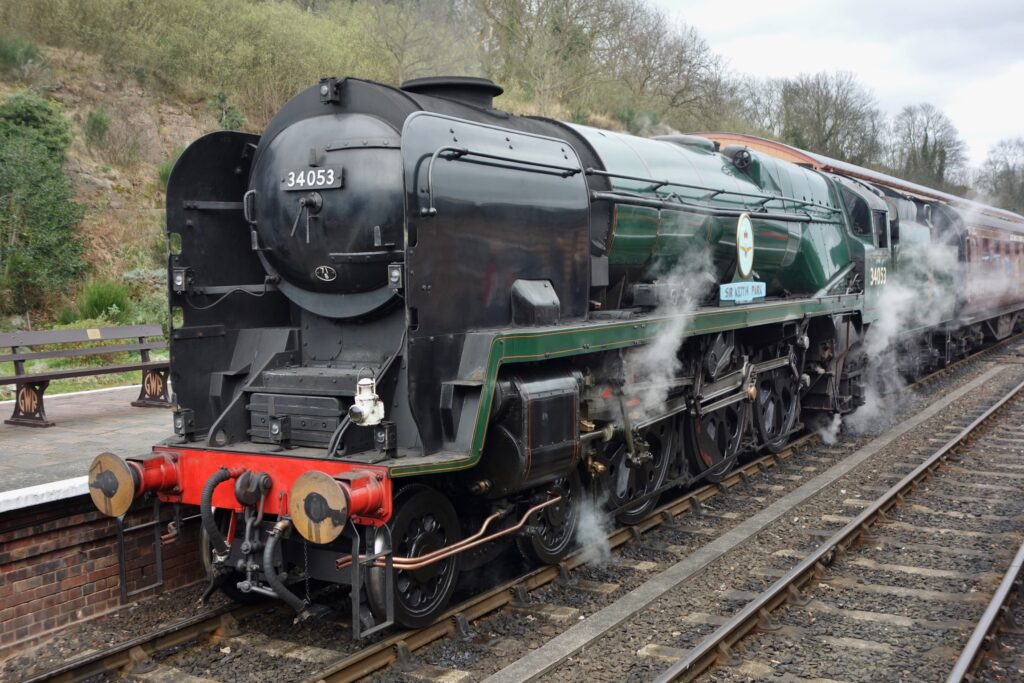
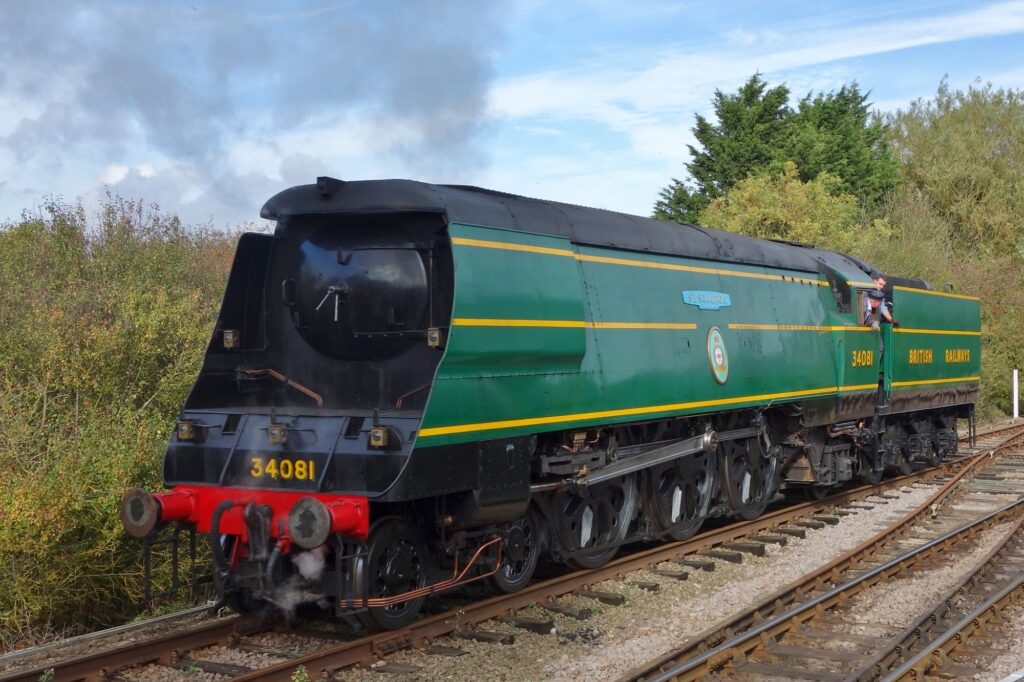
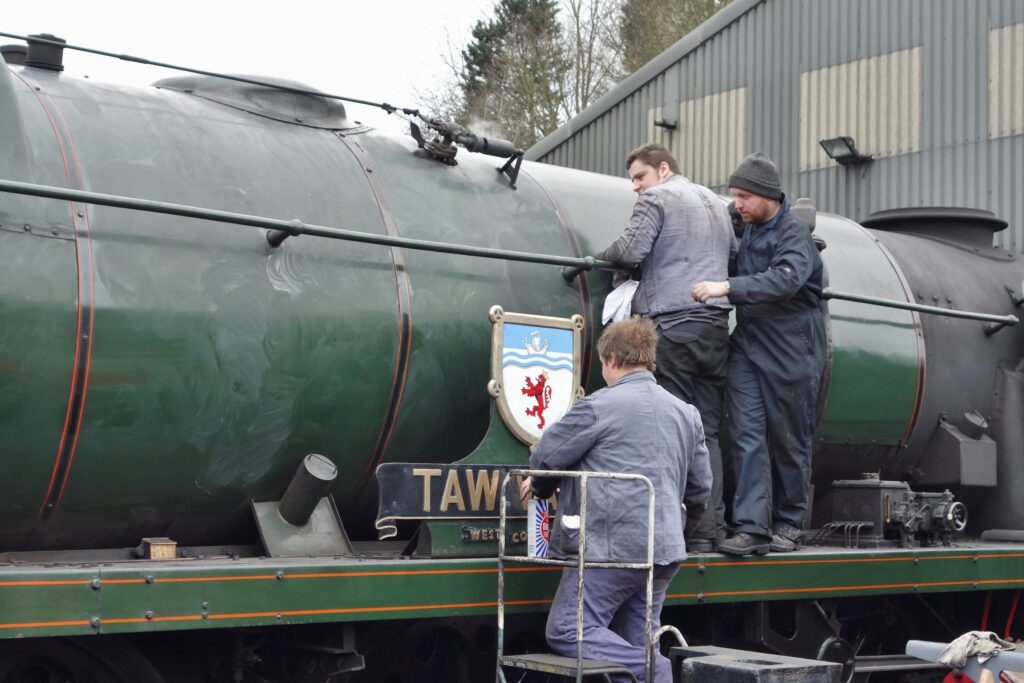
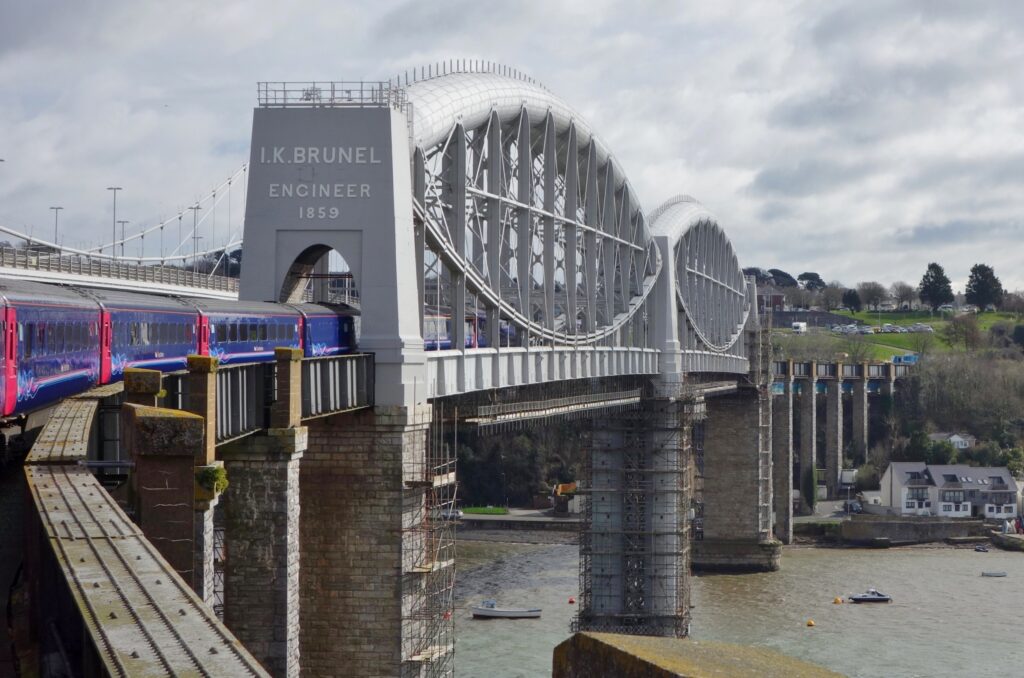
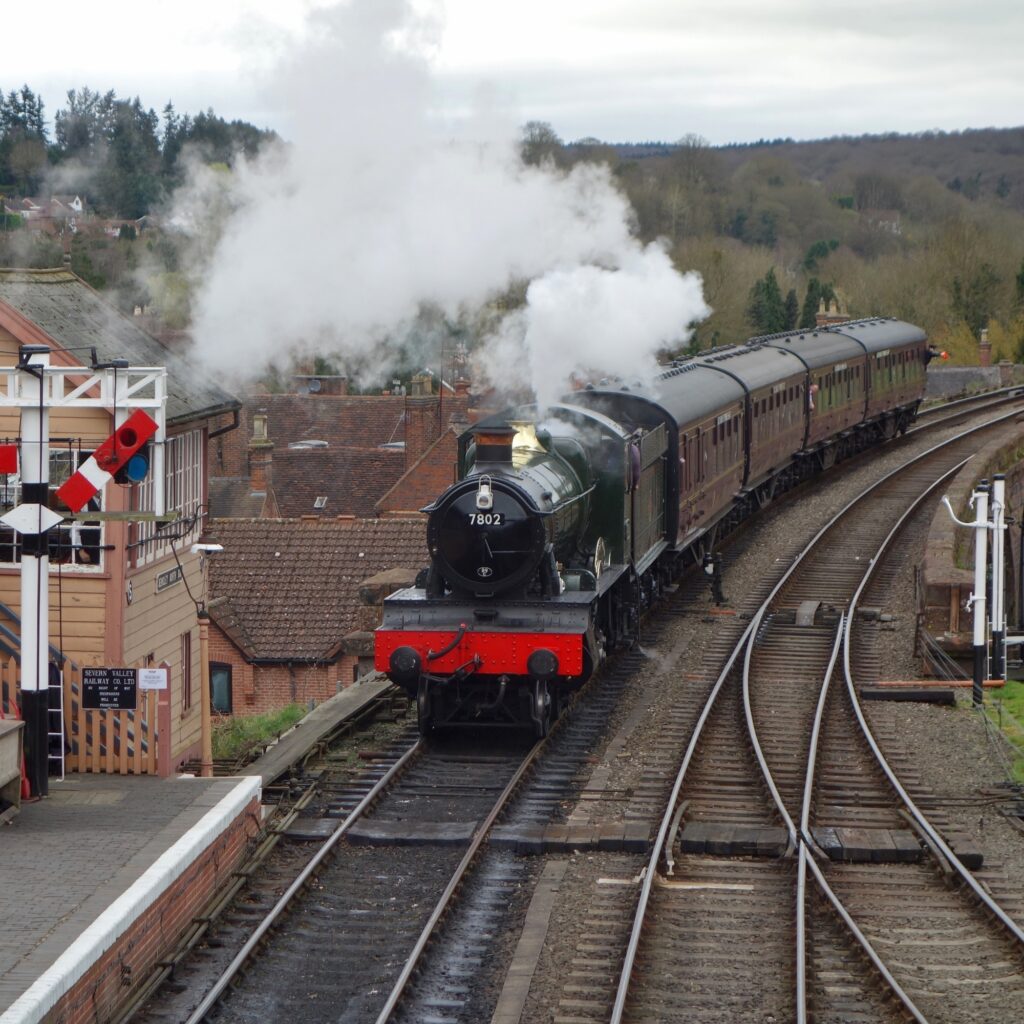
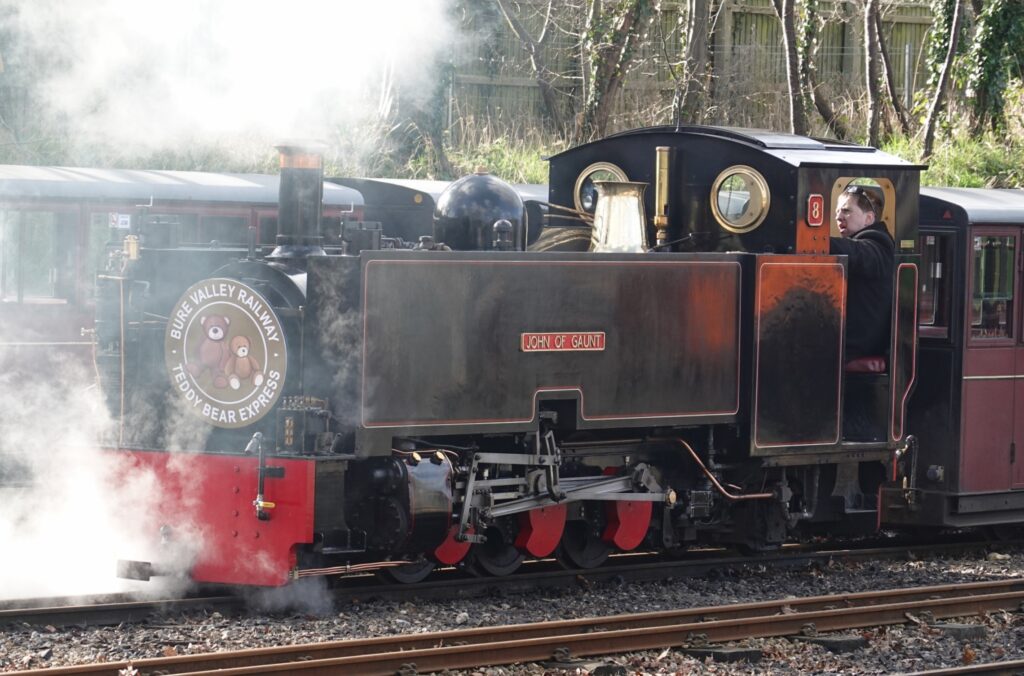
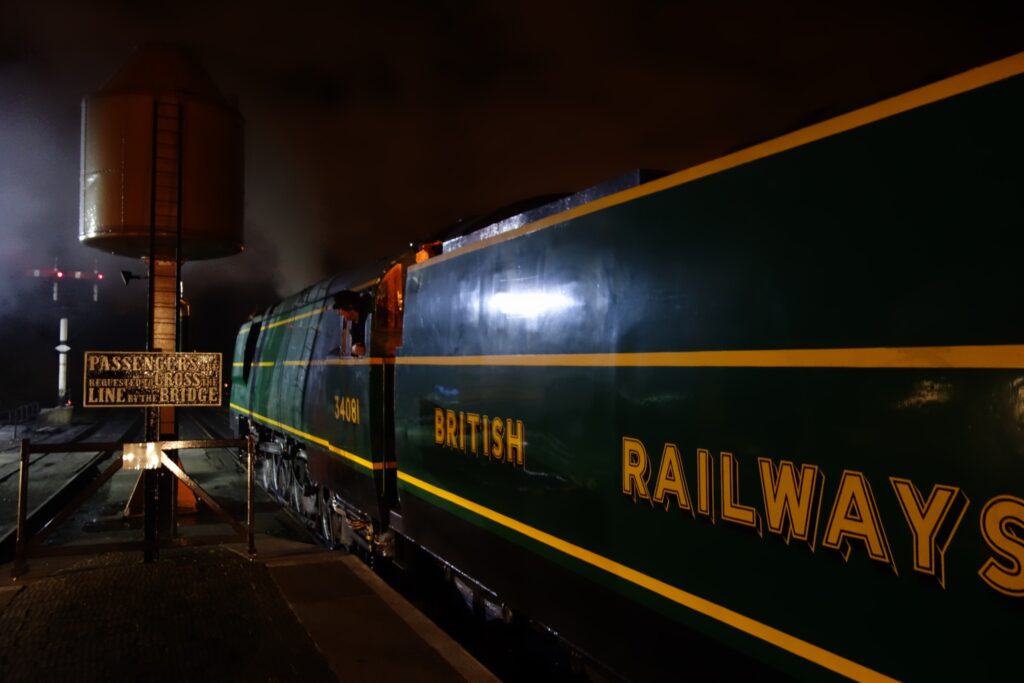
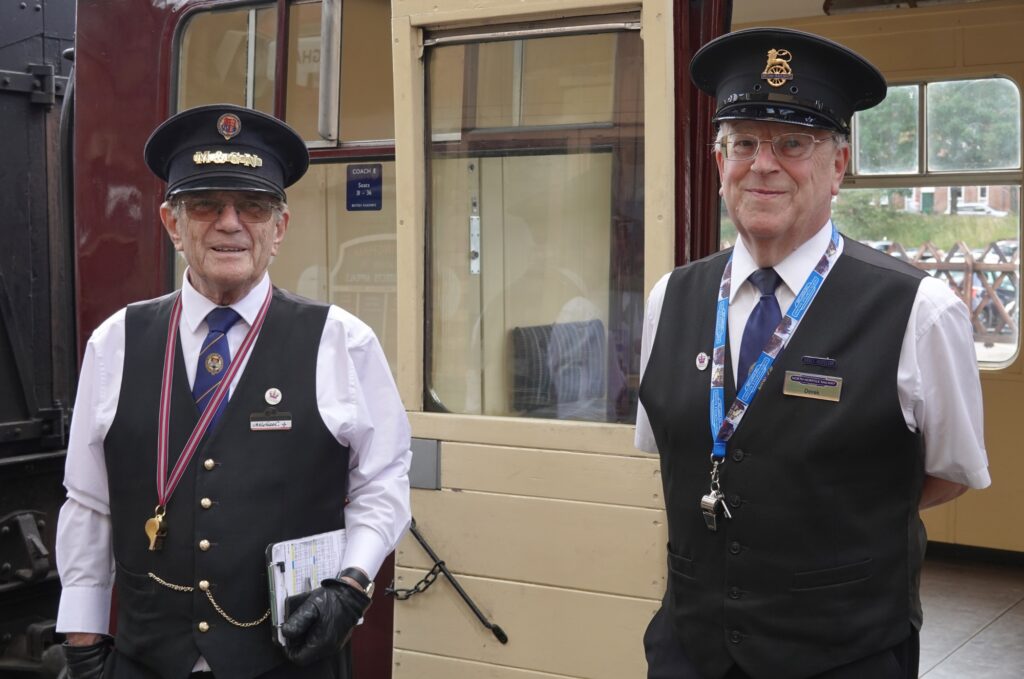
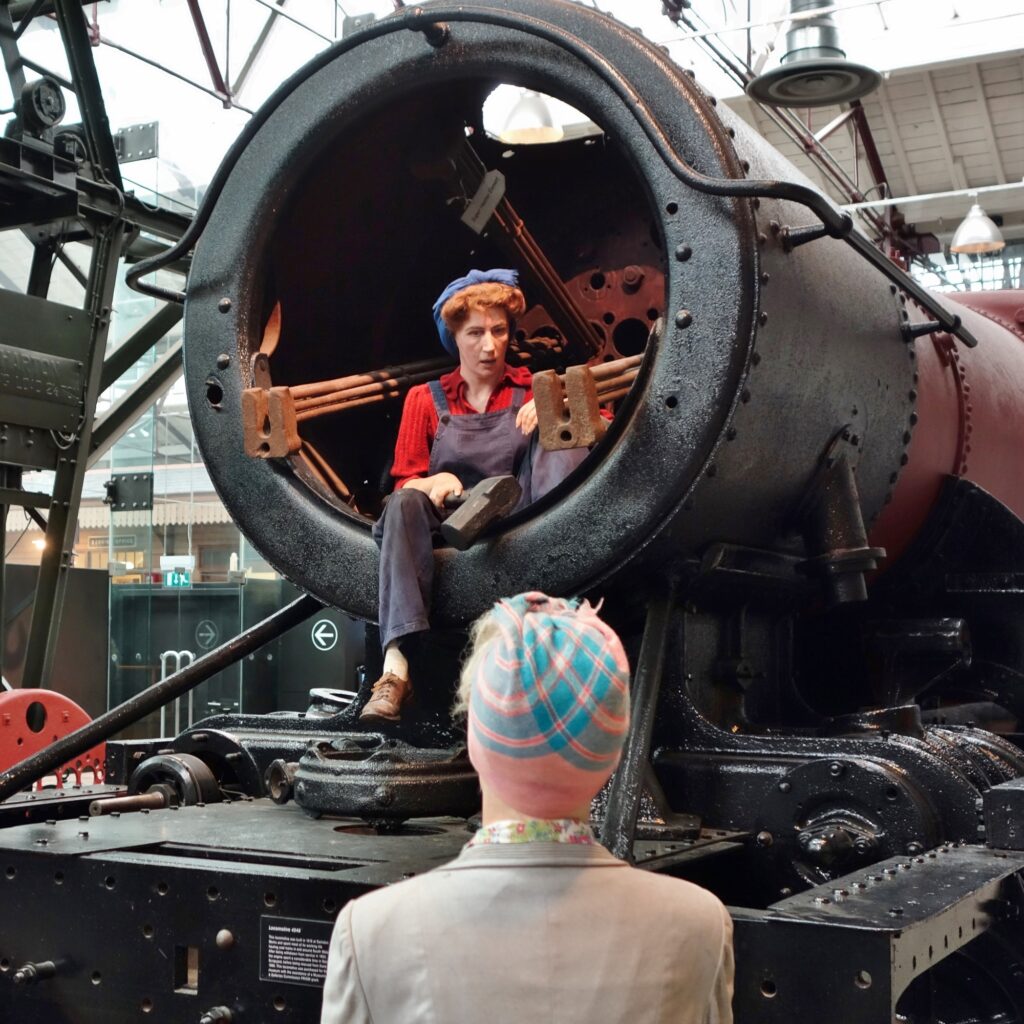
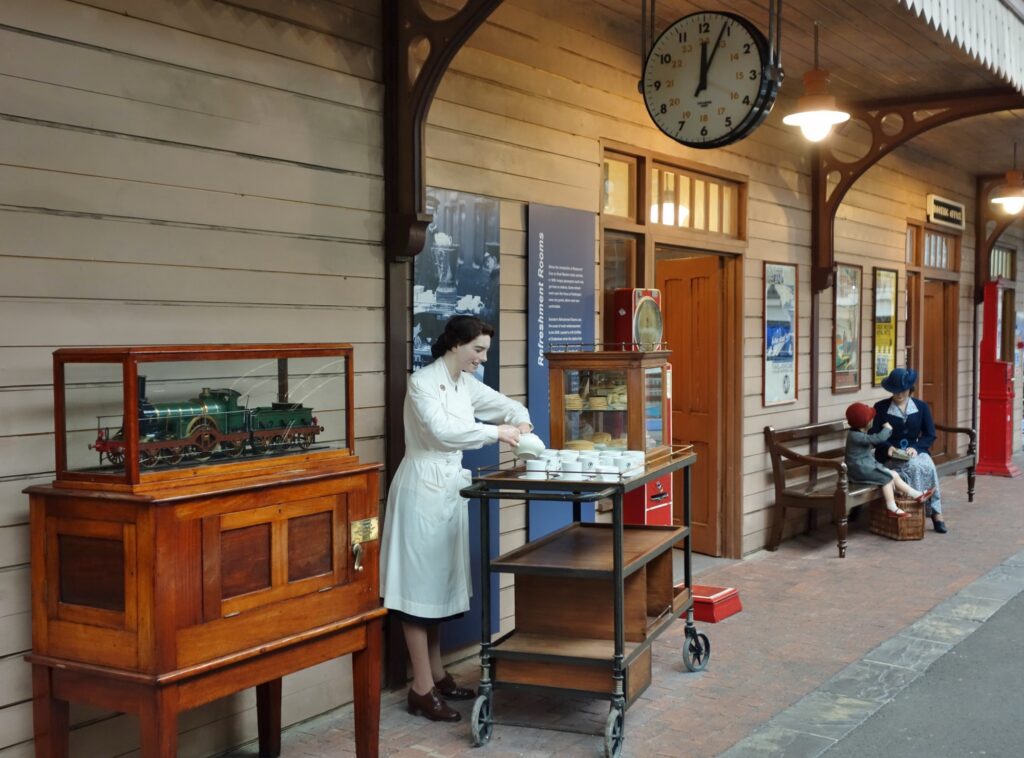
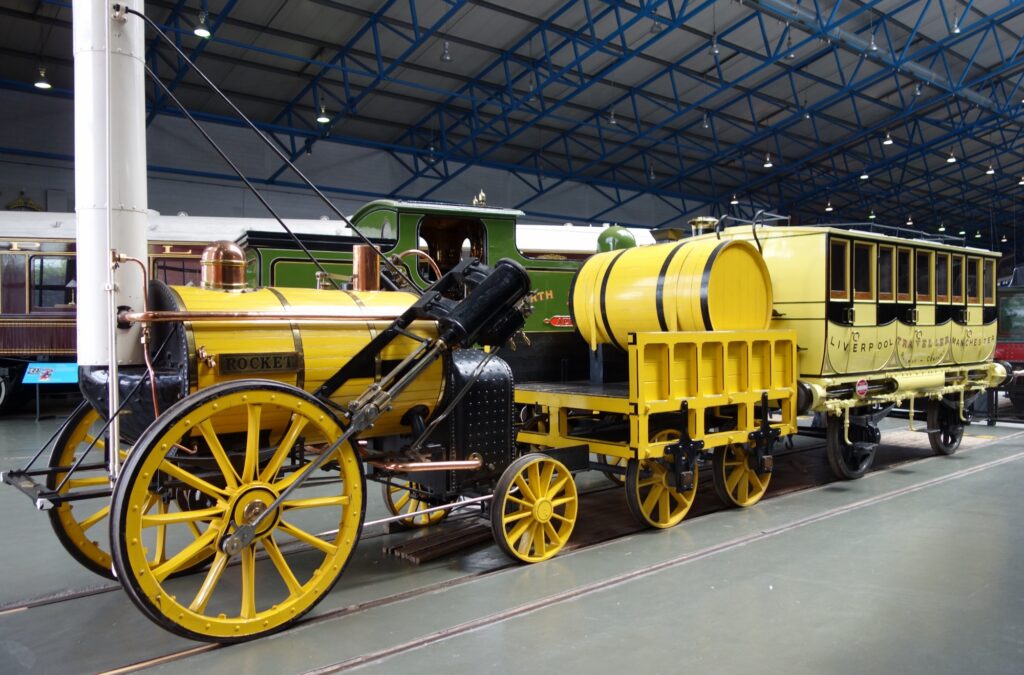
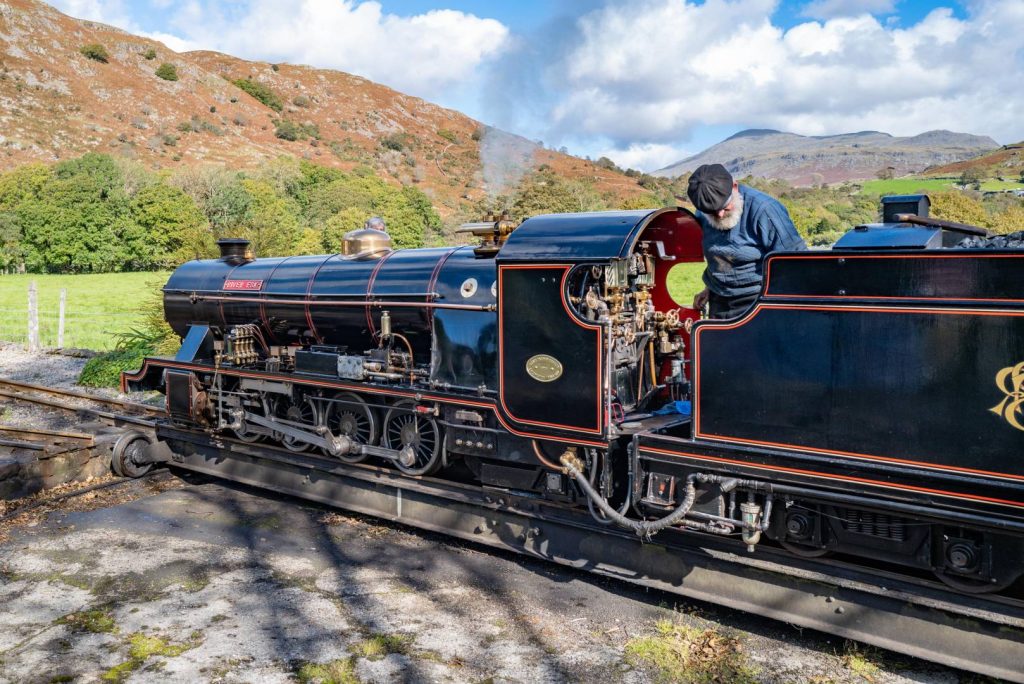
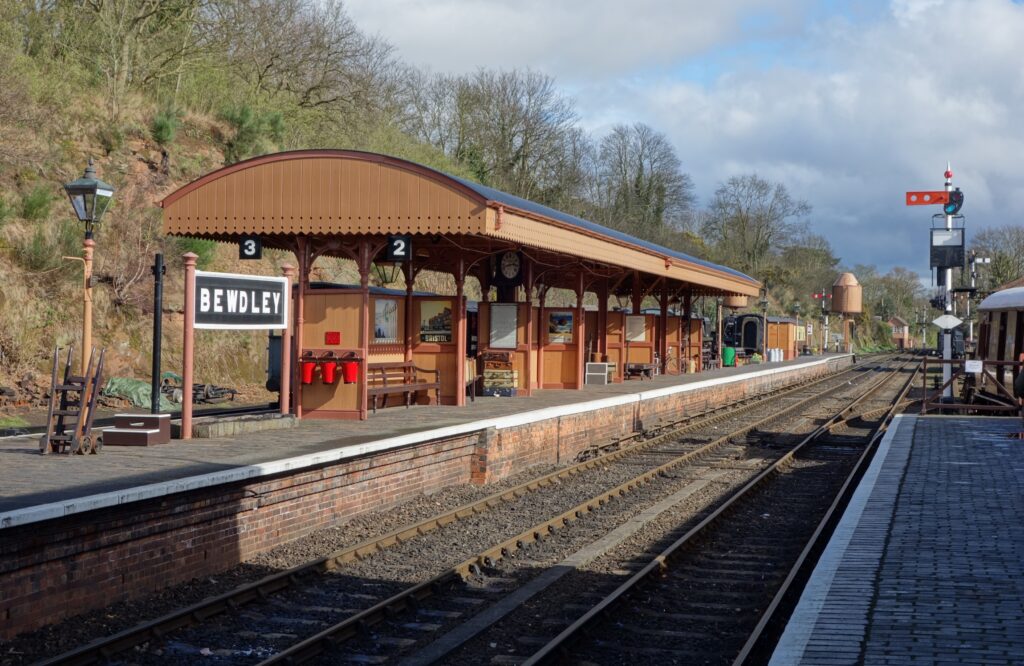
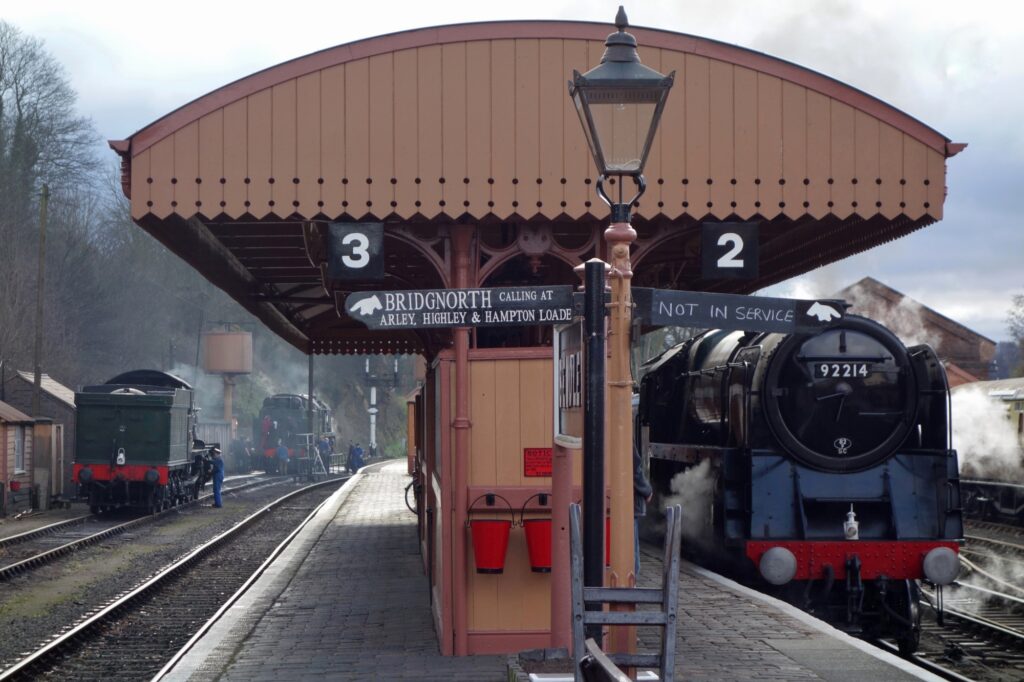
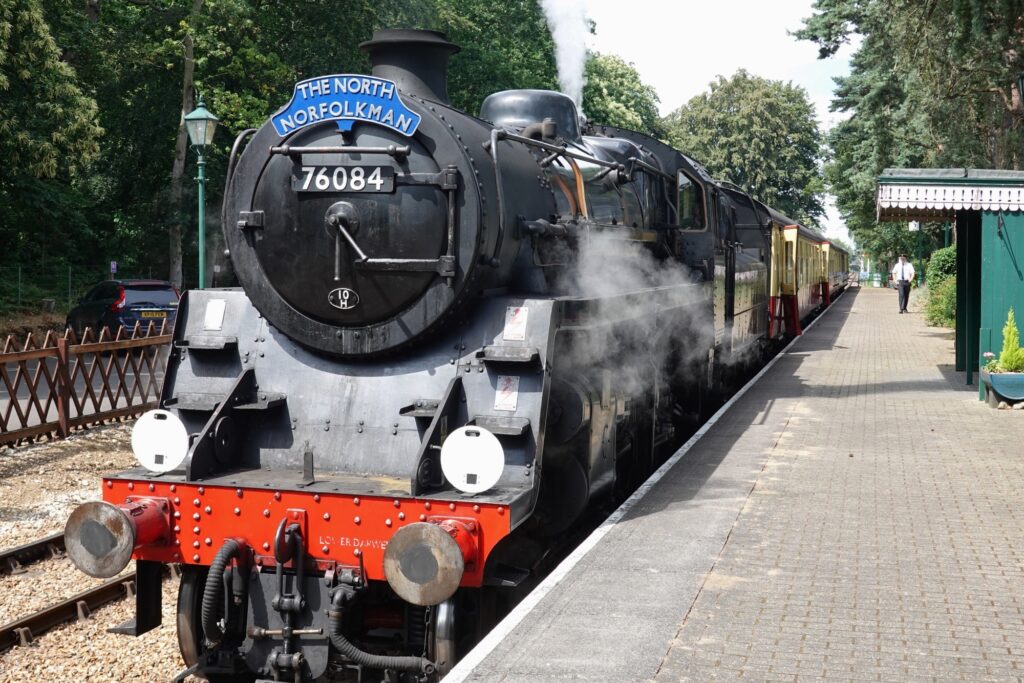
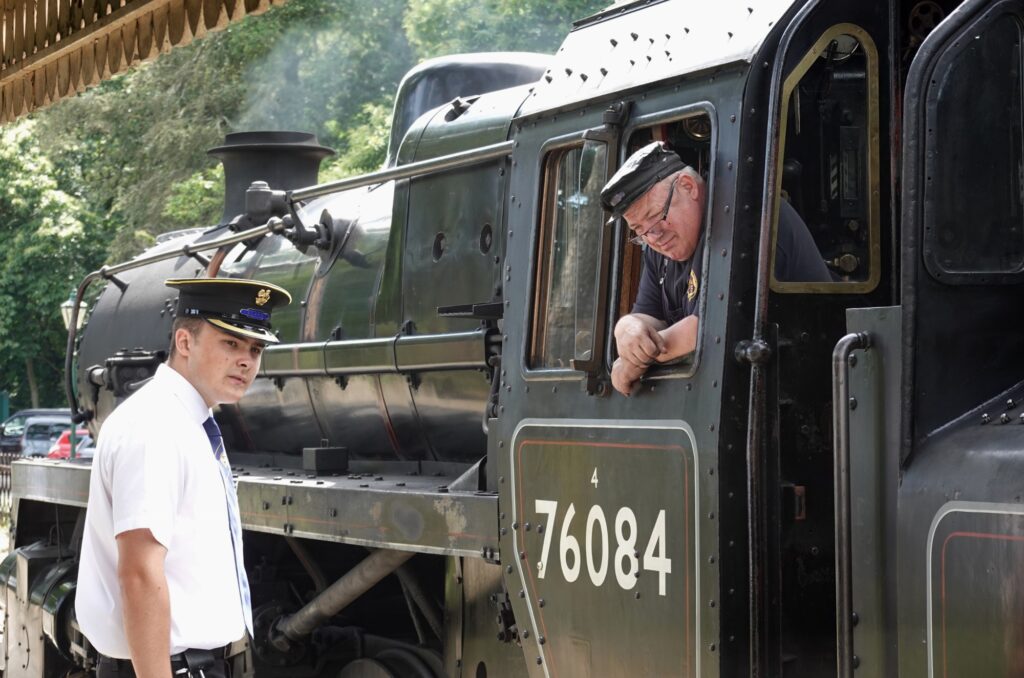
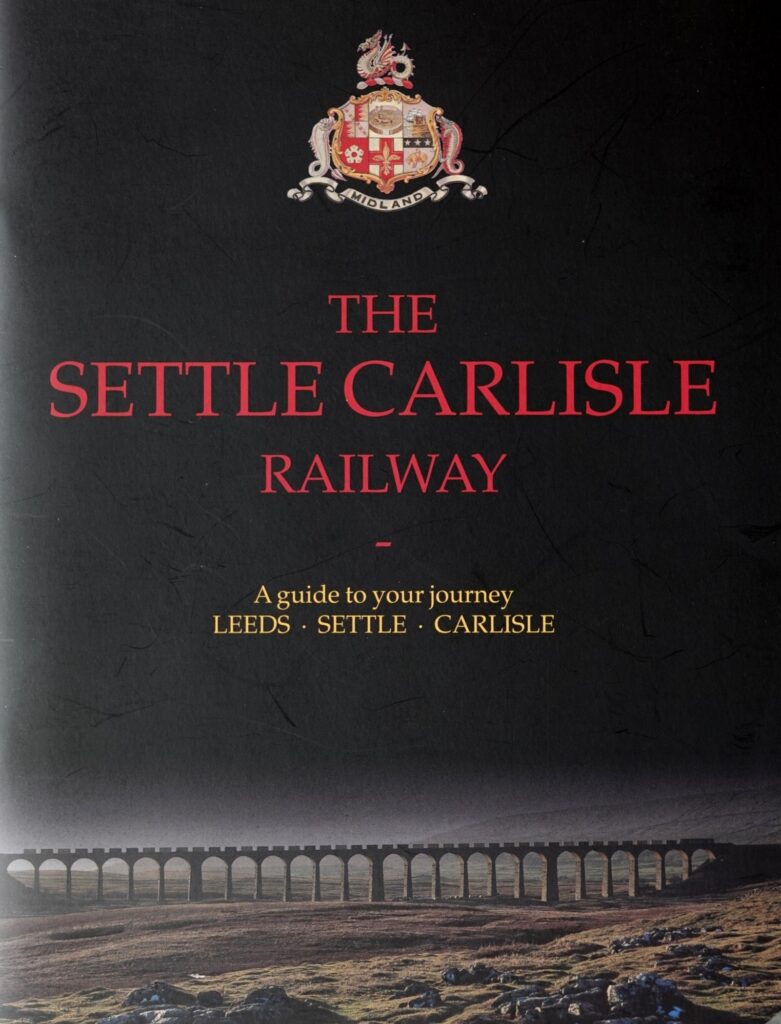
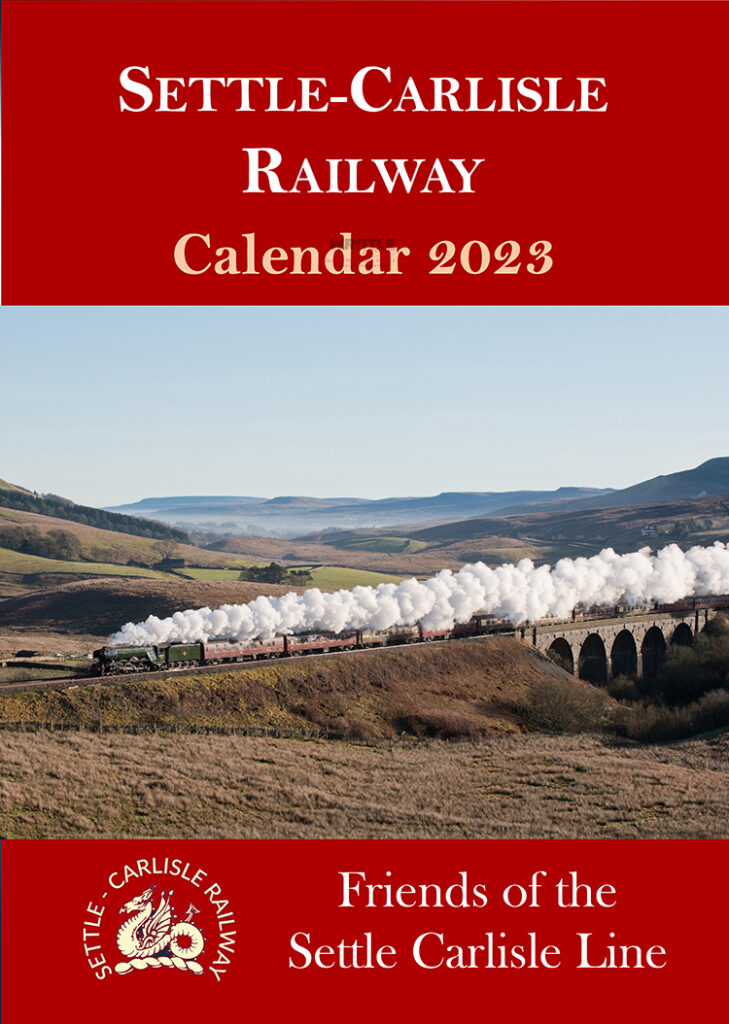
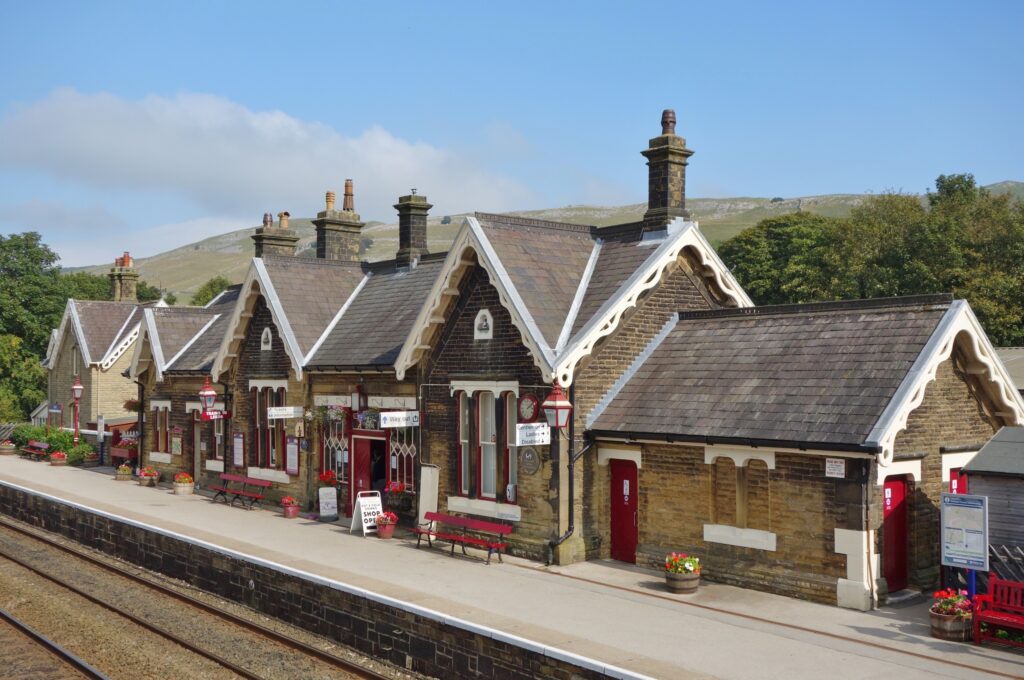
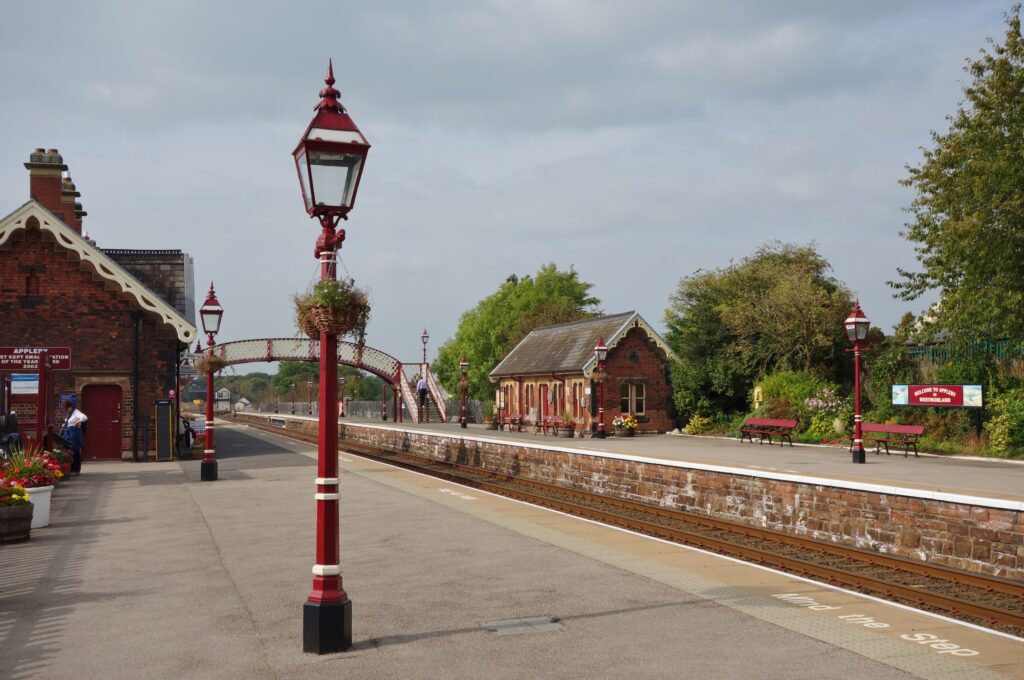
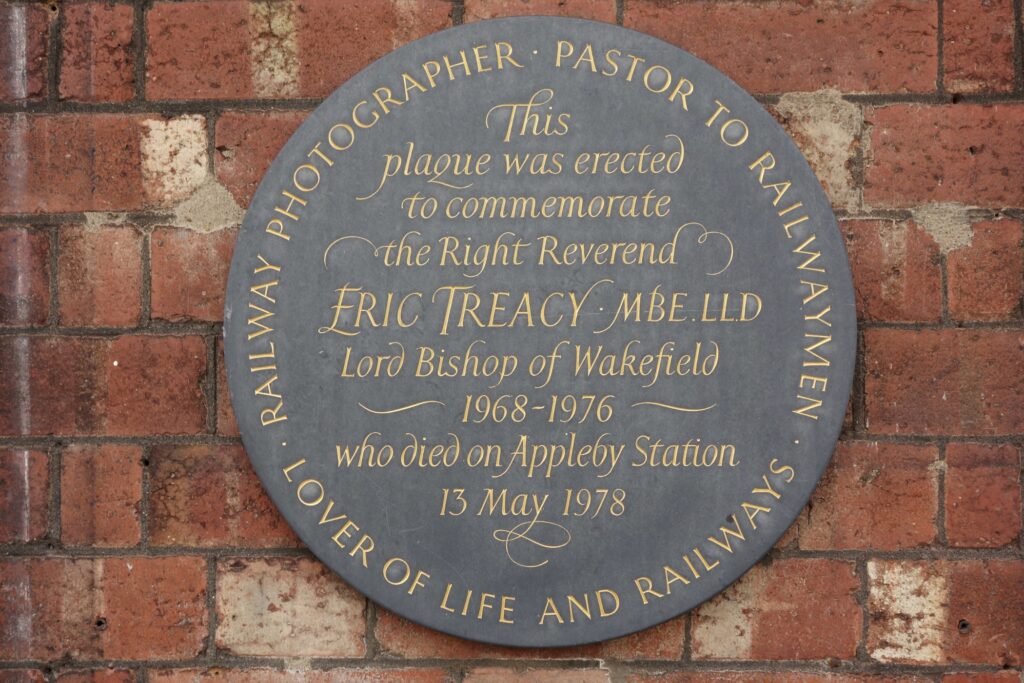
A fascinating article Chris, thanks. A couple of comments:-
1. I’d like to give a quick shout out to the Bluebell Railway in Sussex. It’s not far from Gatwick Airport and they have occasional locomotive visitors from the States. I’ve enjoyed visiting it and travelling up to and from East Grinstead. One stop on the line was used in Downton Abbey.
2. I’m currently reading Keith Jeffery’ book MI6, The history of the Secret Intelligence Service 1909-1949. He writes in detail about the secret train observers in Belgium and France who provided very useful intelligence on the transport of infantry, artillery, and cavalry in WW1. I suspect it’s a skill that’s still in use today. I’ll never look at an ‘anorak’ at the end of a platform in the same way again.
Thanks again and great photos.
Thanks Kevin for your comments. I have to admit I have never been on the Bluebell Railway. The Kent and East Sussex Railway from Tenderton; yes. But just look what I have found on the Bluebell website:
“The Bluebell Railway and the Sir Nigel Gresley Locomotive Trust are pleased to announce that LNER class A4 No. 60007 Sir Nigel Gresley will be the star attraction at the 2024 Giants of Steam Gala.”
There is a photograph of engine Sir Nigel Gresley in the article above without its boiler, being restored at the York railway Museum. I also spotted it back in 1958. Bluebell Railway here I come for their gala on 11th October weekend with my cameras at the ready.
Thank you also for the mention of the MI6 book. I’ll get it as I have just finished a reread of “Dangerous Frontiers” about the Dhofar war (1969-1976) in Oman. When you were in Oman the war was well and truly over and just the ticket for enjoyment.
Chris
A fascinating article well researched. I wonder if train spotting is similar to bird watching?
Thanks Brian. Yes, in as much as people can have an obsession with a particular hobby. Here in Britain it is not unknown for “twitchers” or birdwatchers to travel the country to see or spot a “lesser common brown job” bird to tick off their list. In my view, in this strange world there is nothing wrong with having an “obsession”; photography and cameras included.
Chris
Glad you brought up ww1, a veterans organization formed in US after the war called forty & 8, because a railroad car could fit 40 soldiers and 8 horses.
Thanks John for that. On the Western Front in WW1, horses and light railways were the order of the day for moving troops, equipment and ammunition to the trenches. Indeed the working heritage “Petit Train de la Haute Somme”, officially called the Froissy-Dompierre Light Railway is the last remaining section of a large military network built during WW1. The site is situated right in the zone of the battle of the Somme (July to November 1916).
Chris
In the US steam engines must be dismantled to have the boiler, etc refitted if I remember correctly every 15 years. Expensive, but often do accomplished do to generous contributions of which I practice.
As an aside, I received my Steam Engineer License in 2017 which entailed a drivers license written test and of course actual practice runs under the watchful eye of an experienced Engineer.
Here in the UK, boiler tickets are only for ten years. A couple of locomotives from the North Norfolk Railway (92203 and 76084) shown in the photographs have just been taken out of service with expired tickets. Funding refits is always an issue.
It would be interesting to learn about your experiences as a steam engineer (called engine drivers over here). Where does all this take place?
Nevada Northern Railway. As a matter of fact this RR has recently added many miles of right of way to their existing system. Work is ongoing. #40 is undergoing boiler inspection as required by the Federal Railroad Administration and #93 is having her valves rebuilt. This year #81 has had problems and is also out off service. 2025 should see all 3 steam engines back in service.
Thank you for that update.
I have enjoyed scrolling through the Nevada Northern Railway website and looking at all the aspects of the Railway including the webcam page.
Other readers just need to put this link into their browser:
https://nnry.com/
I was also interested to learn that photographers at the NNR are well catered for. Two extracts from the website are shown below:
Photography Workshop
Our photography workshops are an intensive three and a half day experience. You will be able to hone your photography skills under the tutelage of two of the best known rail photographers in the western United States, Steve Crise and Mike Massee…
Winter Steam Spectacular Photoshoot
Join photographers and railfans from around the world as they descend on Ely to witness history being remade. You will join the photo line as we pull out the best and finest locomotives and rolling stock, most of which was delivered here over a century ago…
Beautiful history, just as an aside in US civil war the more heavy modern rr of the North with the telegraph lines next to them played a major part in North’s industrial base to move armies and communicate more quickly than the South. Add to that that the south had a quagmire of different size tracks, did not service them well! Then you had Sherman’s neckties. Gen Sherman’s troops would rip up the lighter southern tracks then take tracks hold over a fire until malleable then bend round tress making neckties.
John
Thank you for your comments about railroads in the US civil war; very interesting.
Over here in Europe the historian, AJP Taylor, went so far as to argue that the actual outbreak of WW1 was consequent upon adherence to pre-existing railway timetables. The German Schlieffen Plan was based on the fast deployment of troops by rail. He argued:
‘All the European powers had built up vast armies of conscripts. The plans to mobilise in these millions rested on railways and railway companies cannot be improvised. Once started the wagons and carriages must roll remorselessly and inevitably to their predestined goal’.
Chris
Wonderful article and beautiful steam engine photos! Thanks much. And FWIW, that American 4-4-0 in New Freedom, Pennsylvania is a new construction, replica locomotive, not any sort of restoration.
Art
Thank you for your kind comments. Yes the “York”” 4-4-0 was built in 2013 and is in fact oil fired.
Chris
Wonderful article. My wife and I rather prefer British TV series over American, and recently have been watching “Heartbeat”, set in the mid-1960s. It realistically features steam motive power which prompted me to look up the history of British dieselization, or shall we call it de-steaming?
Here in the States, where dare I say capital purchases were easier, most railroads dieselized much earlier, save ones like Norfolk & Western, which hauled coal as a main revenue generator.
There was a revival of steam power for excursion trains starting in the late 1960s and continuing until mid 1990s. Then a horrible firebox explosion in Pennsylvania put the quietus on such activity for a number of years. The issue came down to there being no experienced steam locomotive operators left, only enthusiasts. New safety rules went into effect, and now there are again a few steam excursions running.
The most remarkable is the the Union Pacific, which had donated the last Big Boy (articulated with eight driving axles) to a California museum in 1961, then against all odds asked for it back in 2013, restored it and returned it to excursion service in 2019.
Thanks for this additional information, Martin. The old TV show, Heartbeat, as you will know, was based in the fictional village of Aidensfield, near Goathland Station on the North Yorkshire Railway. Goathland also stood in as Hogsmeade Station in the first Harry Potter film.
Martin
I am pleased you enjoyed the article. As Mike says, thank you for the additional information.
During my research I found out the American 4-4-0 at New Freedom (the last photograph) is a crowdfunded replica of an 1860s locomotive built in 2013.
Chris
I did my share of steam train chasing before I moved to Florida 35 years ago, where there does not seem to be much of that activity available.
The first time was in 1968, when I was at University, and I went to Branchville, SC, for the Railroad Daze [sic] Festival. Branchville is so named because it is the site of the first railroad junction in South Carolina (or the WORLD, if you believe the locals), where the newly-constructed line from Charleston to Columbia branched with a line to Augusta Georgia, I believe. Supposedly in 1828. The festival featured a “Consolidation” 2-8-0 (American naming system), old Southern Railway #630. Research shows the engine was retired in 1989, but restored and put back into service in 1999. I took a number of B&W photos of the engine in 1968 and 1969.
A few weeks ago my wife and I were watching a period movie, and there was a scene where people boarded a steam-powered train. Incredibly, I instantly recognized that same engine!
Martin
A surprising anecdote, thank you for sharing it. Also it would seem that there is a vibrant restoration movement for steam locomotives “stateside”.
Chris